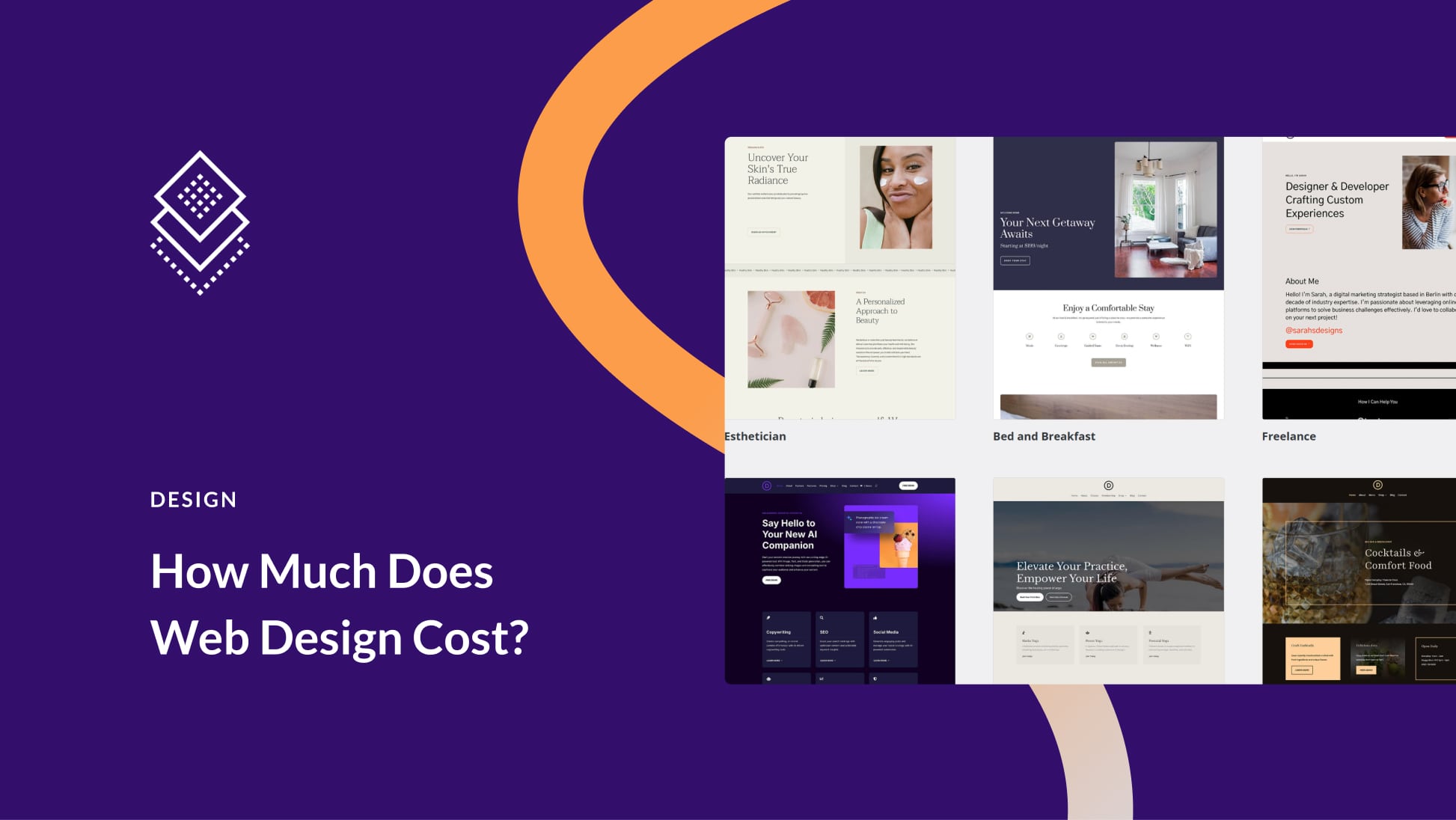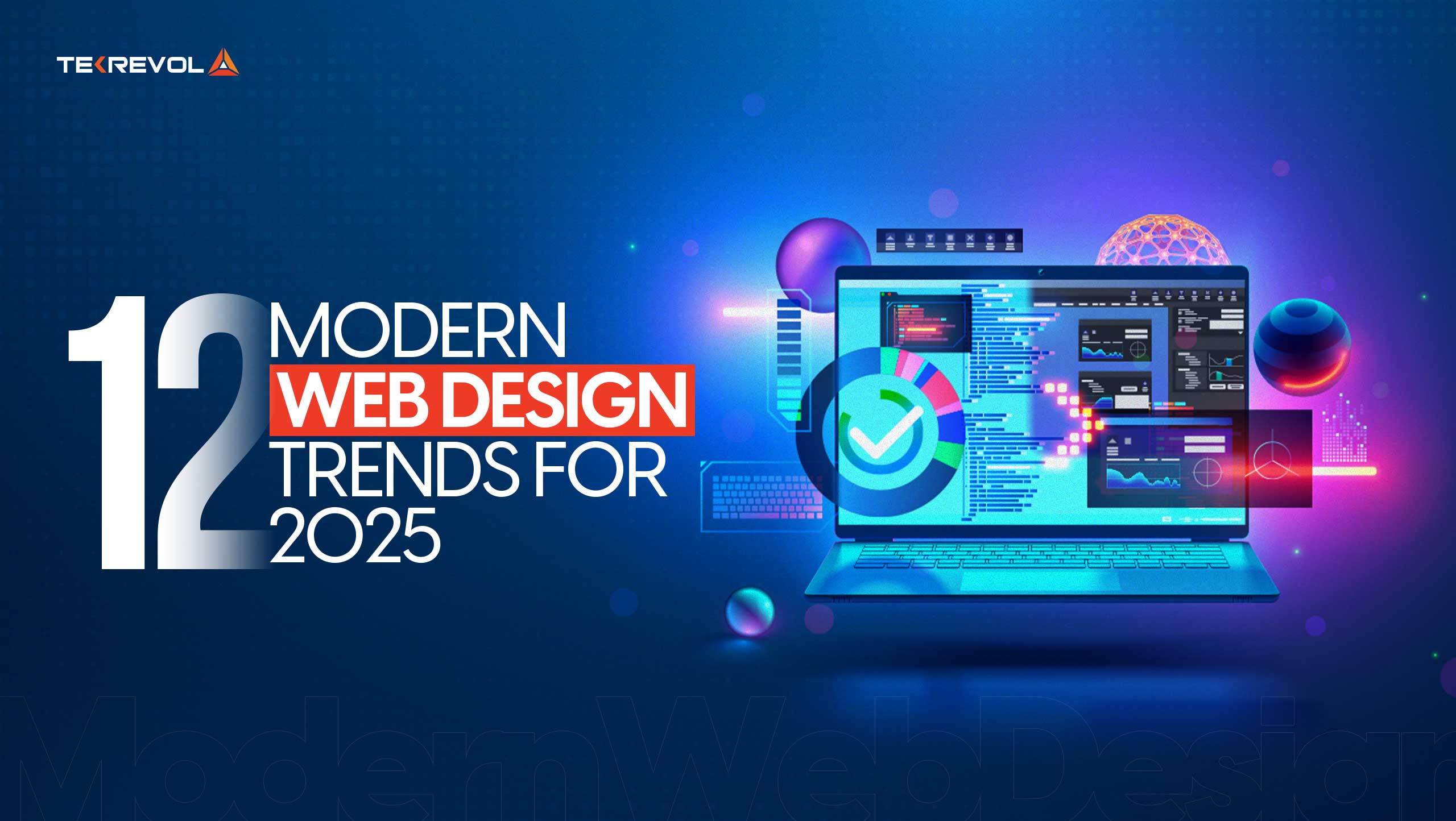Aligned Position Web Design: Perfectly Designed Websites to Capture Your Audience’s Attention
Aligned Position Web Design: Perfectly Designed Websites to Capture Your Audience’s Attention
Blog Article
The Most Effective Kinds Of Web Design to Boost Customer Experience and Interaction
In the ever-evolving landscape of digital communication, the performance of Web layout substantially affects individual experience and engagement. Different design methods, such as minimal, responsive, and interactive formats, each deal distinct benefits that can provide to diverse customer demands.
Minimalist Website Design
As electronic landscapes end up being increasingly messy, minimalist website design has arised as a powerful approach to boosting customer experience. This layout philosophy focuses on simpleness, concentrating on important aspects while getting rid of unnecessary distractions. By making use of enough white room, simple navigation, and a limited shade combination, minimalist design cultivates clearness and guides user focus to crucial material.
The core principle of minimal website design is to develop a seamless interaction for customers. By decreasing cognitive load, customers can quickly grasp details without feeling overwhelmed. This straight method not just enhances use however also motivates engagement, as site visitors are more probable to check out a site that is aesthetically appealing and very easy to browse.
Additionally, minimalist style often highlights typography and images, making use of these elements strategically to share messages effectively. In essence, minimalist Web layout is not simply a fad; it is a thoughtful approach that acknowledges the relevance of user-centered design.
Receptive Website Design
In today's varied electronic setting, responsive Web layout has ended up being crucial for developing a seamless user experience throughout a multitude of devices. As individuals gain access to web sites on mobile phones, laptops, desktops, and tablets, the capacity of an internet site to adjust its format and content to different screen sizes and resolutions is crucial.
Receptive Web style utilizes versatile grids, images, and CSS media queries to ensure that Web material exists efficiently, no matter of the tool made use of. This technique not only enhances the aesthetic allure of a website but additionally significantly boosts functionality. Users are most likely to engage with a website that provides a constant experience, as it eliminates the frustration of having to focus or scroll exceedingly.
By adopting receptive design, businesses can improve their presence and reach a wider target market. In summary, responsive Web design is a basic practice that improves customer experience, involvement, and overall satisfaction.
Interactive Web Style
Responsive website design lays the foundation for boosting user experience, yet interactive Web layout takes this a step further by engaging individuals in an extra vibrant way - Aligned Position Web Design. By integrating aspects such as computer animations, clickable models, and real-time feedback, interactive website design mesmerizes customers, attracting them right into a richer browsing experience
This approach not only promotes interaction however additionally urges customers to explore content actively rather than passively consuming it. Techniques such as gamification, where users make benefits for finishing tasks, can substantially boost the moment invested on a website and boost total satisfaction. Additionally, interactive functions can simplify complex information, making it much more pleasurable and digestible.

Incorporating interactive style components can also cause more helpful hints greater conversion rates, as users are extra most likely to engage with a website that actively includes them. click this site Aligned Position Web Design. Inevitably, interactive Web style changes user experiences into unforgettable trips, making sure that site visitors return time after time
Flat Style
Identified by its minimalistic strategy, level design emphasizes simplicity and functionality, removing unnecessary elements and concentrating on necessary attributes. This layout ideology focuses on use, making certain that customers can browse user interfaces with convenience and performance. By using a tidy aesthetic, flat design removes the mess usually located in extra elaborate designs, therefore boosting individual focus on material and functionality.
The hallmark of level layout depends on its use bold shades, straightforward typography, and geometric forms. These aspects add to a visually enticing user interface that is both friendly and contemporary. Additionally, flat layout promotes a sense of quality, permitting individuals to discern essential activities and info without distraction.
Moreover, flat design is specifically effective in responsive Web layout, as its simplicity equates well throughout various gadgets and display dimensions. By focusing on important attributes, level design not only satisfies customer demands however additionally encourages seamless interaction, making it an essential part of effective Web style methods.
Flexible Web Design
Adaptive Web style personalizes the customer experience by developing numerous fixed layouts tailored to different screen sizes and gadgets. Unlike receptive layout, which fluidly readjusts a solitary format, flexible layout uses distinct layouts for specific breakpoints, making sure ideal discussion on different systems. This technique permits developers to concentrate on the special attributes of each gadget, improving functionality by providing exactly what individuals need based on their context.
One of the key benefits of flexible Web design is its ability to maximize load times and performance. By serving tailored web content and pictures that fit the user's device, sites can reduce data use and boost loading rates. This is especially helpful for individuals with slower connections or limited information strategies.

Additionally, flexible design promotes a more constant and regulated branding experience. Since designers develop numerous layouts, they can make sure that the aesthetic elements line up with the brand name's identification across different systems - Aligned Position Web Design. This causes a cohesive individual experience, boosting involvement and promoting individual retention
Final Thought
In verdict, the integration of minimalist, responsive, and interactive website design concepts considerably improves individual experience and involvement. Minimal design fosters clarity and focus, while responsive style makes certain flexibility across various devices, promoting ease of access. Interactive style mesmerizes customers via vibrant components, encouraging exploration and personalization. Collectively, these design approaches contribute to the creation of user-friendly environments that not only improve fulfillment however likewise drive higher conversion rates, highlighting their important value in modern website design approaches.

Minimal design fosters clarity and focus, while responsive style makes sure versatility throughout numerous tools, advertising accessibility. Collectively, these design approaches add to the creation of user-friendly environments that not only improve satisfaction but also drive higher conversion prices, emphasizing their critical importance in contemporary Web layout methods.
Report this page